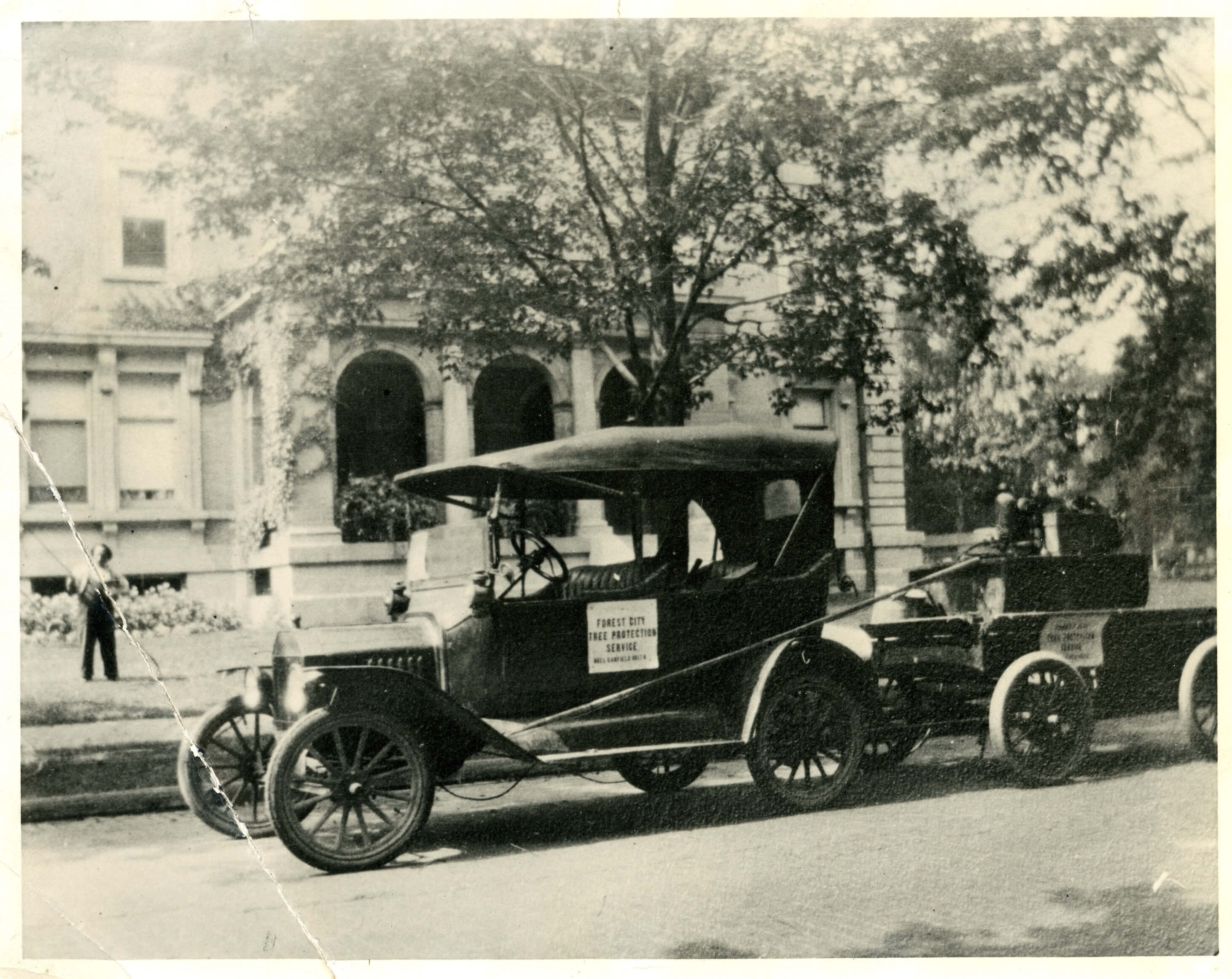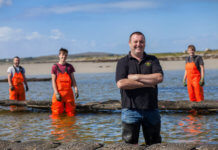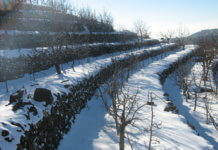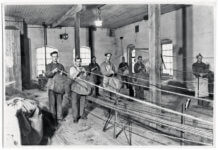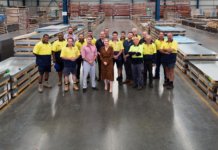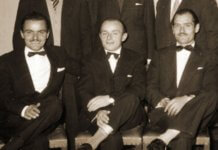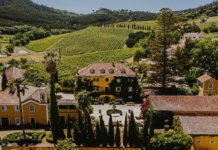After learning the art of tree care as a college student in the early 20th century, a young WP Lanphear travelled around the northeastern United States working on such prestigious projects as the Vanderbilt and Roosevelt estates. Moved to start his own business, he founded the Forest City Tree Protection Co. in 1910. A long-standing position as the City Forester for the city of Cleveland Heights sustained the business through the Great Depression. As it grew, Forest City Tree earned a sterling reputation throughout Ohio and beyond.
The Lanphears’ love for trees runs in the family. As President of Cleveland Ohio’s Forest City Tree Protection Co., Lauren Lanphear represents the third generation of arborists in the family continuing a tradition of urban forest stewardship that began over a hundred years ago.
One of the company’s greatest assets is its attention to the continuously evolving science of preventive care. While tree care was once limited to cutting and pruning, arborists are now comparable to physicians.
Today, Lauren Lanphear works diligently to protect trees from insect and disease attack around the greater Cleveland area and wherever else he can be of assistance.
Recently, Tharawat Magazine had the opportunity to sit down with Lauren to discuss his family’s love for trees, the work of an arborist and the significance of protecting mature trees.
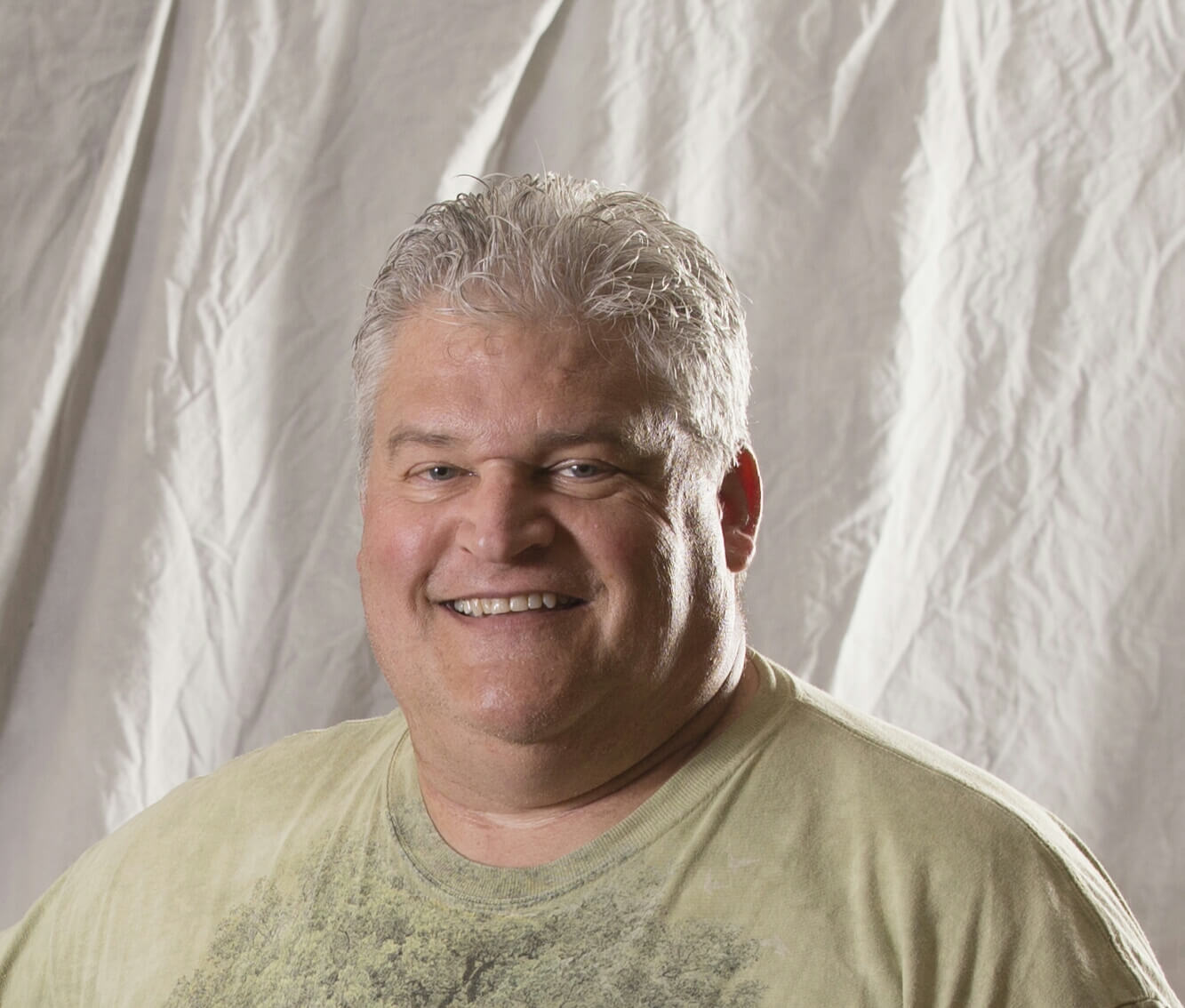
Your family business is undoubtedly unique, can you tell us a little bit about how it got started?
We can trace its origins back to the 1870s when my great, great grandfather John Wesley Lanphear settled in Warren, Ohio as a minister. He became close with John Davey, who went on to start the Davey Tree Company.
Years later, my grandfather took a summer job with John Davey trimming trees. After graduating, he continued working for the Davey Tree Company, which had contracts up along the Hudson River Valley. Some of these were with big-name clients – both the Vanderbilts and Roosevelts had expansive estates with trees that needed maintenance.
In 1910, my grandfather decided it was time to start his own company. He came up with the name Forest City Tree Protection because Cleveland was known as “the forest city”. Sometime in the 1850s, Cleveland became one of the first municipalities to initiate a tree planting and care program. Until that time, most community tree planting was done by wealthy landowners looking to beautify the streets they lived on.
A few years ago, I came across an old letter from Mayor Cain of Cleveland Heights. Addressing my grandfather, he wrote, ‘The trees have never looked so good in Cleveland Heights since your company took them over.’
We remained the city’s arborists until 1968 when Cleveland Heights founded its own tree department. That contract allowed us to survive the Depression-era – many other family businesses did not. We always had work with the city as well as some smaller private clients.
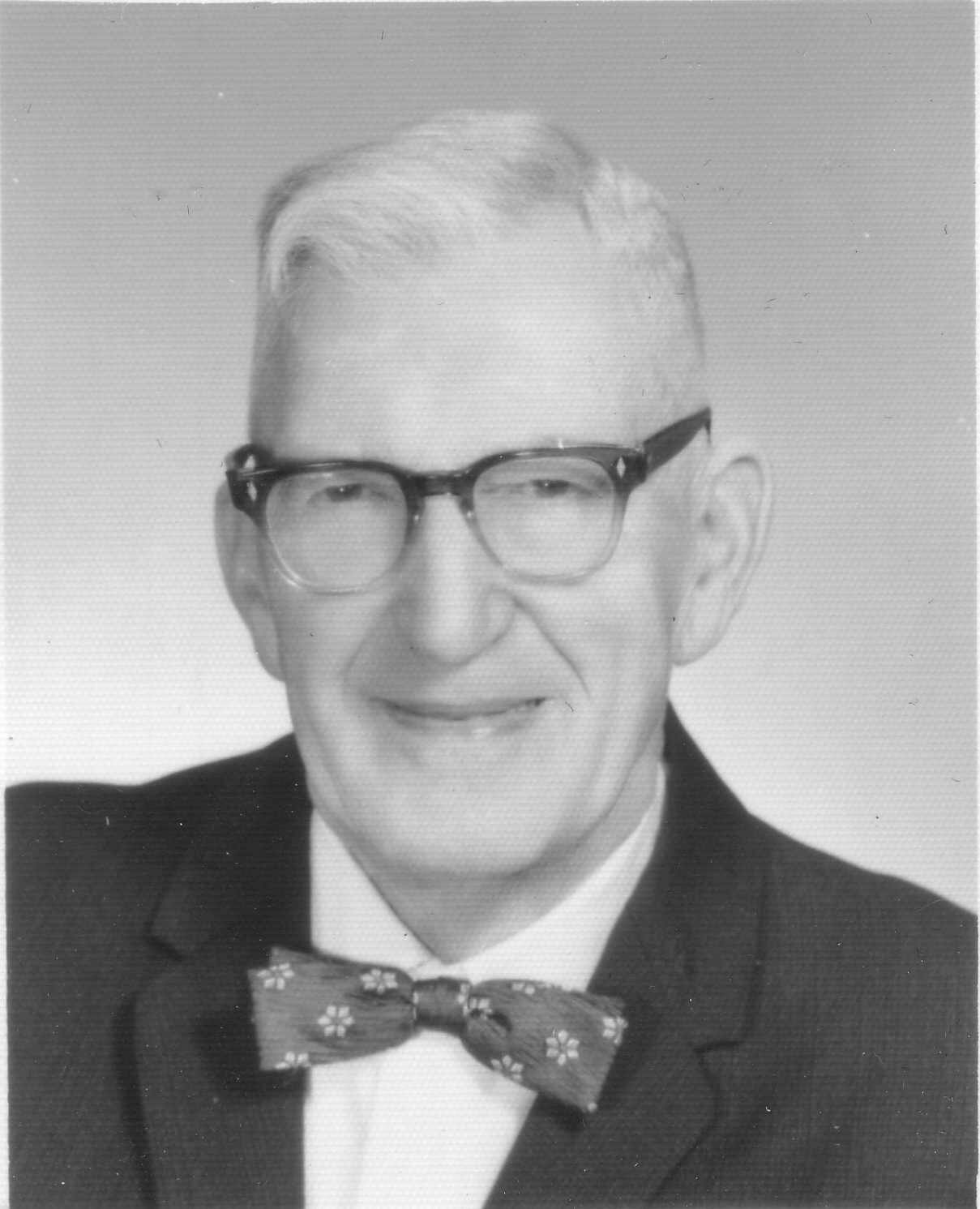
For those who aren’t familiar with the term, what is an arborist and what does the work entail?
The best way to describe what I do as an arborist is to say that I’m a tree doctor. We focus on the preservation and protection of trees, which is the definition of arboriculture, the technical term for the field of tree care.
A typical client of ours is a homeowner with less than ten mature trees on their property. If one of their trees dies, they’ll need it removed. Additionally, they’ll want to know why it died and whether their other trees are at risk. We remove the tree and provide the answers.
Much of our work is in insect and disease control. Ash trees, for example, are susceptible to an insect called the emerald ash borer. If they get an infestation which goes undetected, the tree will die.
The technology has become so advanced that we can inject tree care medicine into the trunk to kill any emerald ash borer larvae that are present. The treatment is repeated every two years to make sure the pest hasn’t returned.
Then, there’s tree nutrition – fertilisation, of course, is a crucial part of this. If trees aren’t getting the proper oxygen, water and elements they need for growth, they suffer. An arborist is responsible for all these things.
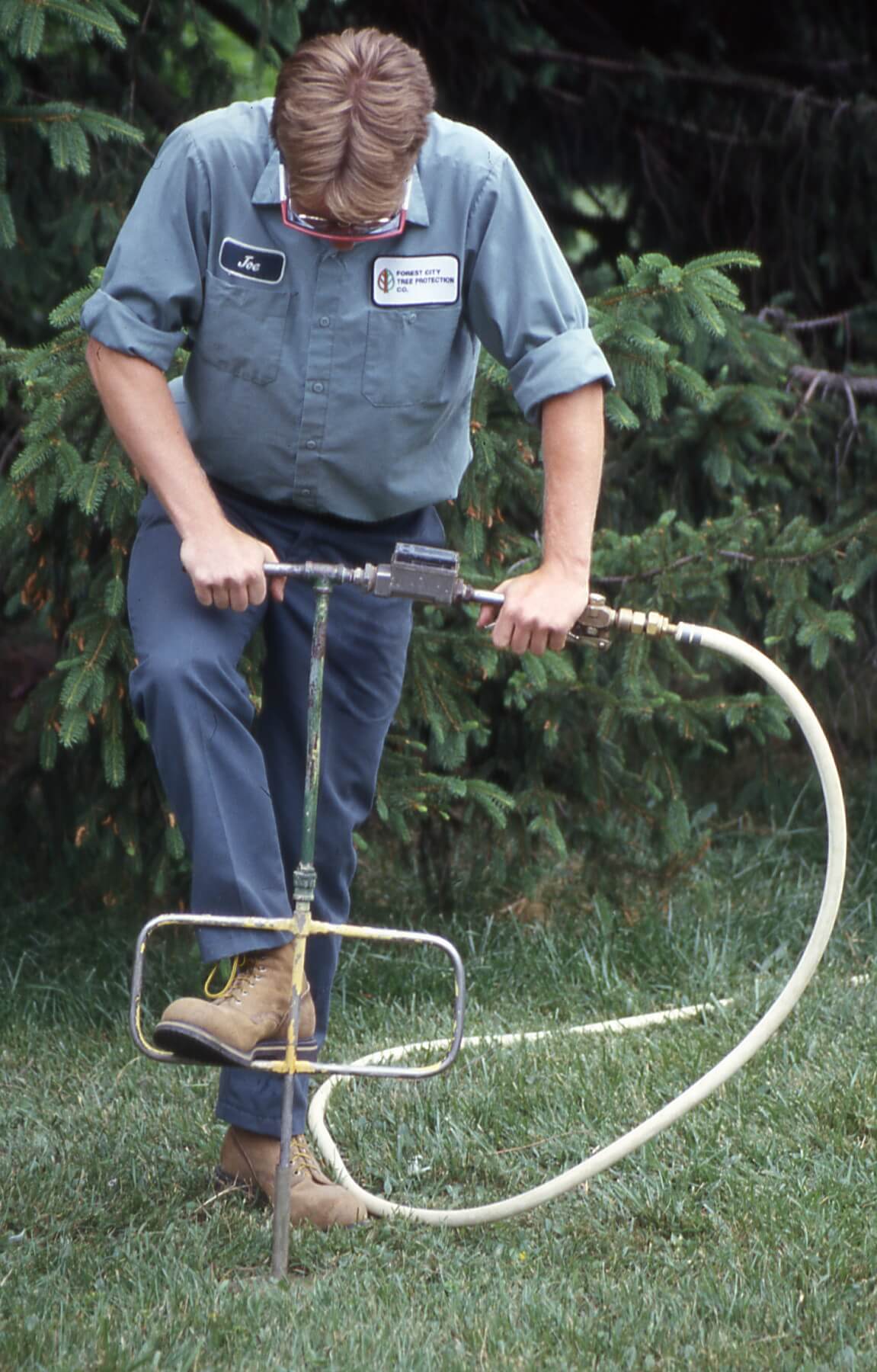
It must be hugely satisfying to carry out this work.
As a third-generation family member, it’s immensely rewarding when people say, ‘You know, your grandfather planted this tree in 1932.’ Many of our clients are former employees that worked with us during their summer holidays as my grandfather did for John Davey. Our clients often say things like, ‘I worked for your dad in the 50s.’
We moved to a new location in 2014, and there was an enormous American elm on our old property that the new owners intended to remove. That’s my favourite tree, probably planted by my grandfather.
We helped them understand the importance of this tree, both in terms of its natural beauty and its role in the urban ecosystem. We donated fertilisation, regular watering and a special injection to protect against Dutch elm disease. We’ve moved on, but this tree will be there for future generations – it’s this continuity that I find most rewarding.
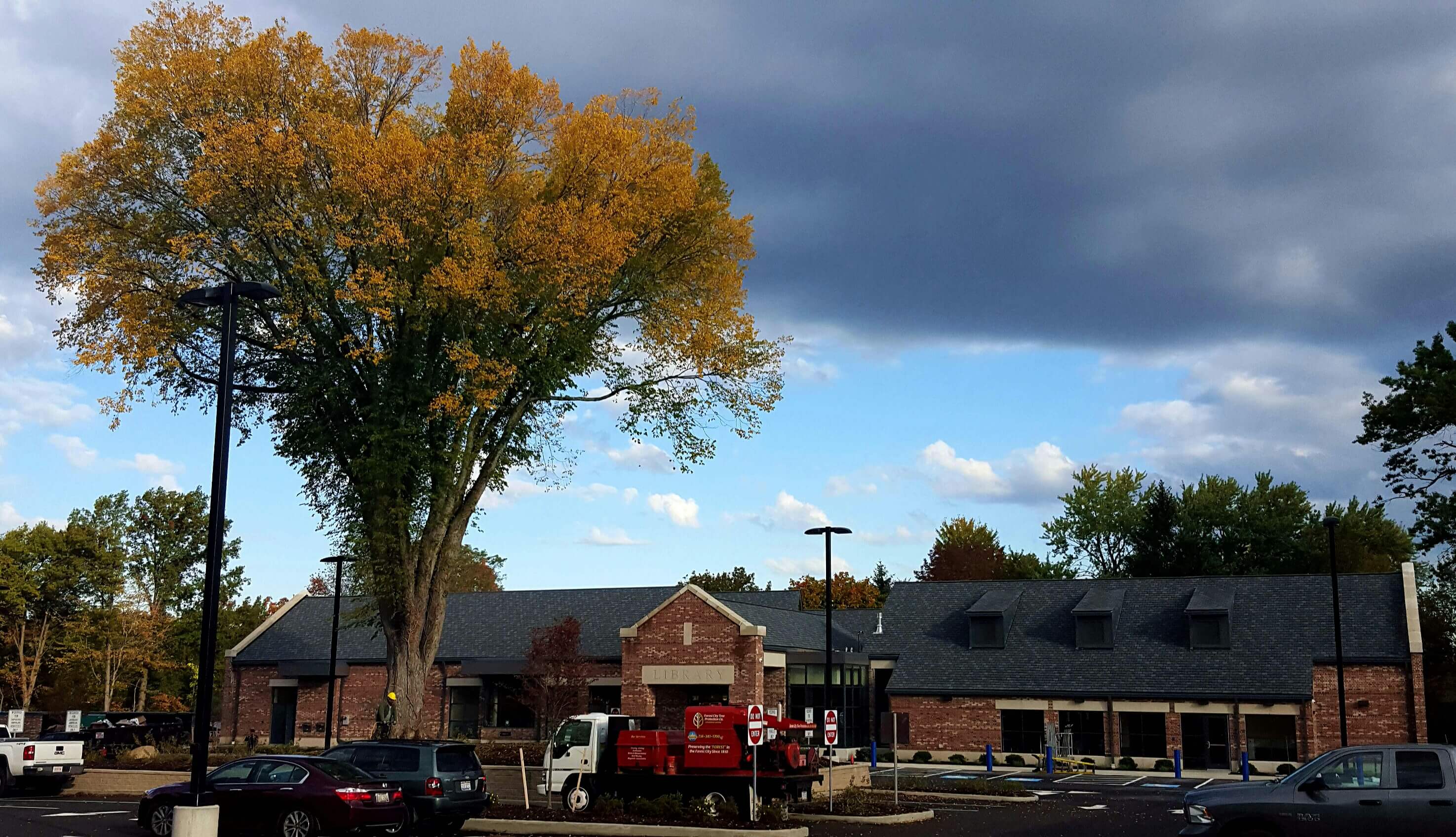
As an arborist, what is your greatest concern when it comes to climate change?
Well, nobody in our field questions the scientific facts about trees’ contribution to our environment. Trees, of course, produce oxygen, and if it weren’t for photosynthesis, we wouldn’t have anything to breathe.
I’m concerned about the lack of urgency I perceive in the protection of mature trees. Trees are most beneficial when they are mature enough to have a reasonably large canopy of green leaves. There’s a lot of excitement about tree planting programs, but until a tree matures over seven to ten years, it’s taking from the environment. A tree’s positive impact isn’t felt until after maturity.
For example, if you lose a hundred-foot tree with a hundred-foot-wide branch spread and replace it with a two-inch diameter tree that’s five feet tall, it will be a century before it provides the same benefit. I love that people are excited about planting trees, but they also need to ensure these mature trees are adequately protected and maintained.
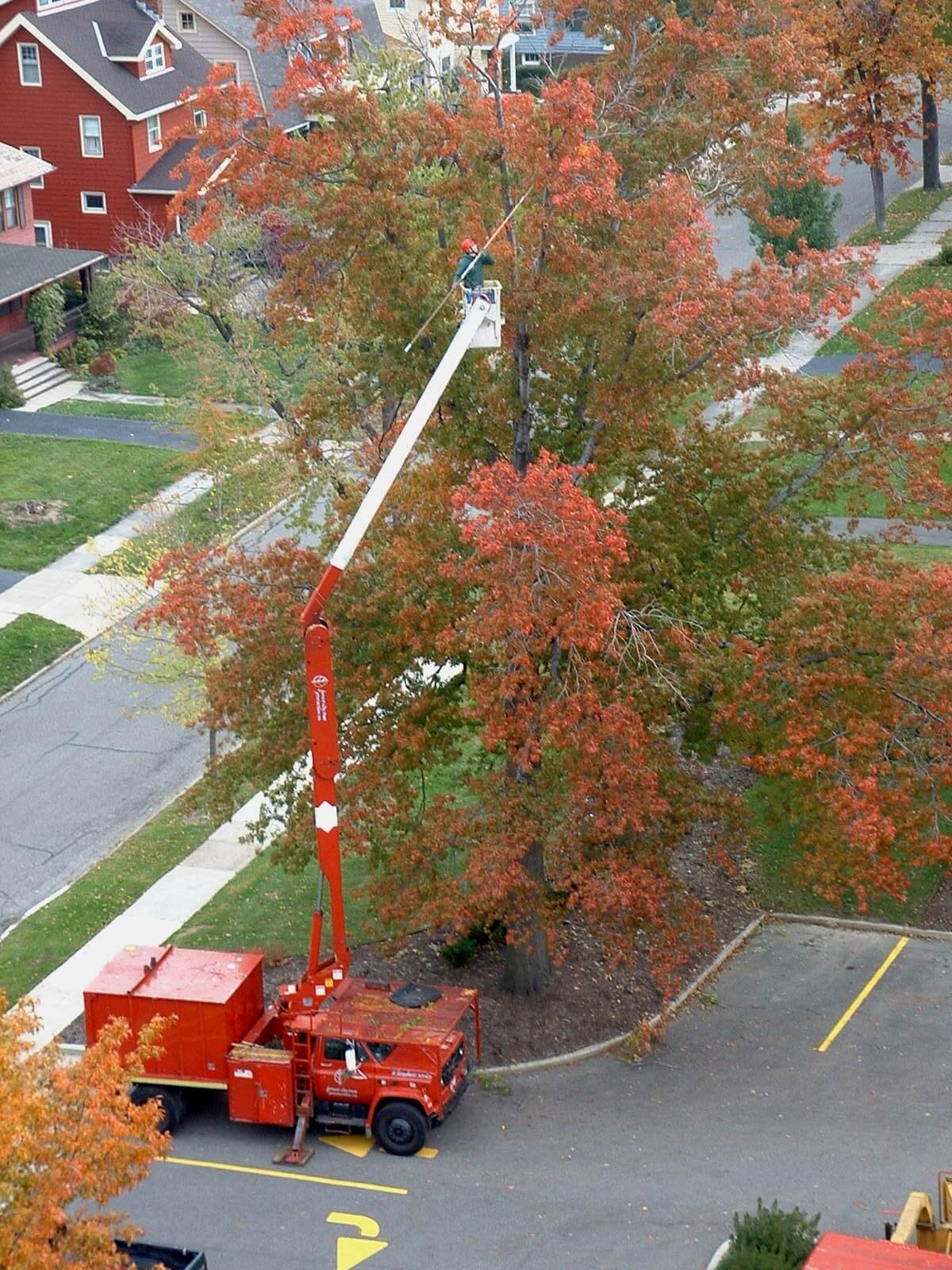
How do you balance the best practices of the past with cutting-edge technology of today?
I think it’s worth noting that the best practices of the past were the latest technologies of the day. In the 1920s, arboriculture wasn’t accepted as actual science.
At that time, many arborists didn’t know that scientific material existed to improve our practice. There were also scientists and professors who didn’t know there were arborists.
Today, I am part of a global community of practising arborists and scientists. I can send a picture of something to my peers, maybe decay fungi, and ask them whether it is good or bad.
The best technologies are continually evolving. I’ve done tree injections since the early 1970s, and the tools we use change constantly. Until 2002, we had never heard of the emerald ash borer, and now it’s a nation-wide problem. The scientific community tested many different chemicals, eventually isolating an active ingredient that works. Now, we’re experimenting to find the best way to inject this chemical into the trees. Our profession is closely tied to the research world, and as such, continuous learning is part of the job.
[ms-protect-content id=”4069,4129″]
Trees are highly symbolic in the field of family business – we often speak of the family tree and its many branches. How did your father talk about the significance of trees?
My father often spoke about the sturdiness of trees, unwavering despite the changing world around them. Economies fluctuate, but people will never lose their interest in and love of trees. When they see something killing their tree or damaging it, they’re concerned. The only thing that changes is the technology we employ to keep the tree healthy.
Trees are a part of our history. Recently, we planted trees at the South Euclid Veteran’s Memorial, where we worked with a nursery called Famous and History Trees.
One tree we planted, the liberty elm, is symbolic because this type of tree served as a meeting place during the American Revolution. To commemorate the American Civil War, we planted a Gettysburg sycamore, a sapling that was grown from a tree that stands along one of the fence lines in Gettysburg.
We also planted a sapling grown from what is known as the Jesse Owens Olympic oak tree. In 1936, Jesse Owens went to compete in the Olympics in Berlin. The Germans presented every gold medallist with an English oak sapling – Jesse Owens came home with four of them. This tree is a descendant of those saplings.
To our knowledge, only one of these trees still exists, and it’s at James Ford Rhodes High School. We donate our expertise and care for that tree so that its symbolic meaning will continue to be felt; it’s a potent symbol both for the Civil Rights Movement and the fight against fascism and oppression.
How much of that purpose and legacy ties back to the fact that Forest City Tree is a family business?
The correlation is very real. I recently found my birth announcement, which reads, ‘Forest City Tree Protection takes pleasure in announcing the addition to its staff of apprentice tree climber, Lauren Scott Lanphear (7lbs 15oz).’
My wife’s father worked as an electrical engineer for a defence contractor, and she never knew much about what he did – she couldn’t just go to his office. I found this surprising. I didn’t realise some families are like that.
I’ve spent considerable time reading the stories and letters in our archives, and certainly, part of my attachment to trees is familial.
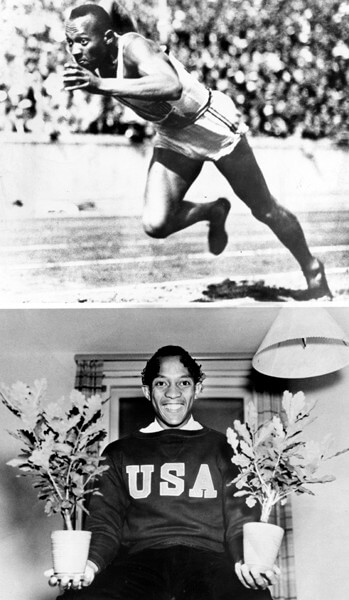
Will there be another generation of Lanphears getting involved in the business?
I believe I’m the end of the line. None of my cousins wants to take the business. My two kids worked for me during their summer holidays, but now they’re both in fields that they love. My son manages software developers, and my daughter manages social media and email marketing.
That said, they’ve told me their experiences with Forest City Tree have helped them along the way. My daughter learned what it’s like to be a woman in a male-dominated workplace. My son told me, ‘I think you have a better training program for your new employees than they have here. I still don’t know what I’m supposed to be doing.’
Would I have loved to have another Lanphear take the business? Yes, but I was always grateful that I never felt any pressure to join the company. I would never pressure anyone else to do it either.
[/ms-protect-content]


